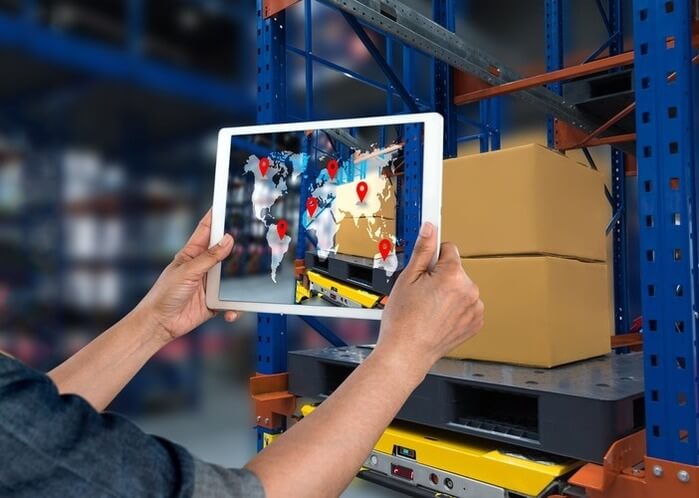Supply Chain Execution
Streamline Success: Optimize Every Stage with Our Supply Chain Execution Solutions
Our Expertise
Supply chain execution aims to optimize asset utilization, manage costs at each stage, and ensure timely delivery of goods to customers. Effective management requires not just physical resources like forklifts and carriers, but also robust information systems and communication networks. Supply chain managers must monitor the flow of goods to quickly identify bottlenecks or issues. This enables them to make informed decisions, such as rerouting products or adjusting production schedules, to mitigate disruptions and minimize the "bullwhip effect" caused by sudden shifts in demand.
To enhance visibility and decision-making, companies use specialized applications for coordinating and monitoring supply chain tasks. For example, procurement systems can automatically generate purchase orders when inventory is low, and warehouse management systems can optimize order picking and packing.
Some companies extend access to these applications to suppliers and customers for real-time information sharing. Additionally, many businesses outsource specific functions, like warehousing and shipping, to third-party logistics providers (3PLs) to handle tasks more cost-effectively or efficiently than they could internally.

Make most of it
Supply chain execution presents significant complexity, particularly in the realm of global supply chains. Collaborating closely with supply chain planning, it orchestrates production capacity and devises production strategies to fulfill demands. However, managers must navigate rapid decision-making and responsiveness. To bolster this process and enhance operational efficacy, companies deploy an array of Supply Chain solutions, frequently integrated within comprehensive ERP suites
Order Management Solutions
An order management system is responsible for collecting and structuring orders from various sales channels. It oversees tasks such as order generation, prioritization, approval workflows, and handling returns. Additionally, this software has the capability to monitor vendor performance.
Transportation Management Systems
A transportation management system aids enterprises in maximizing carrier utilization across various modes of transportation including land, air, and sea. It not only monitors shipments during transit but also manages compliance obligations for global trade, such as international tariffs. While multinational corporations historically dominated the usage of transportation management systems, the advent of cloud-based solutions has democratized these advantages, extending accessibility to smaller businesses.
Warehouse Management Systems
A warehouse management system assists companies in maximizing the utilization of warehouse space, coordinating labour schedules, overseeing inventory, and facilitating order fulfilment. It guides personnel through the stages of picking, packing, and labelling shipments according to the most efficient order picking method tailored to the organization's needs.
Warehouse Control Systems
Linked with a warehouse management system, a warehouse control system oversees equipment like conveyor belts, sorters, and scanners to enhance inventory management efficiency. Additionally, it can monitor the operational status and performance of such equipment.
Slotting
Slotting software assists companies in strategically positioning items within a warehouse to facilitate accurate and efficient retrieval by workers. This might involve placing frequently accessed items in easily accessible areas or distributing similar products across various locations to reduce errors.
Yard Management Systems
A yard management system, coupled with tracking technologies like GPS and RFID, orchestrates the flow of trucks, trailers, and occasionally pallets within the yards of manufacturing plants, warehouses, and distribution centres. These systems play a pivotal role in streamlining the loading and unloading processes. For instance, they may guide a truck to a designated warehouse door once its allocated shipment has been transferred to a nearby staging area and is prepared for departure.
Labour Management Systems
A labour management system assists companies in scheduling warehouse or manufacturing personnel according to anticipated workloads, optimizing resource utilization. Additionally, the system can monitor employee activities and productivity to effectively manage and oversee labour expenses.

